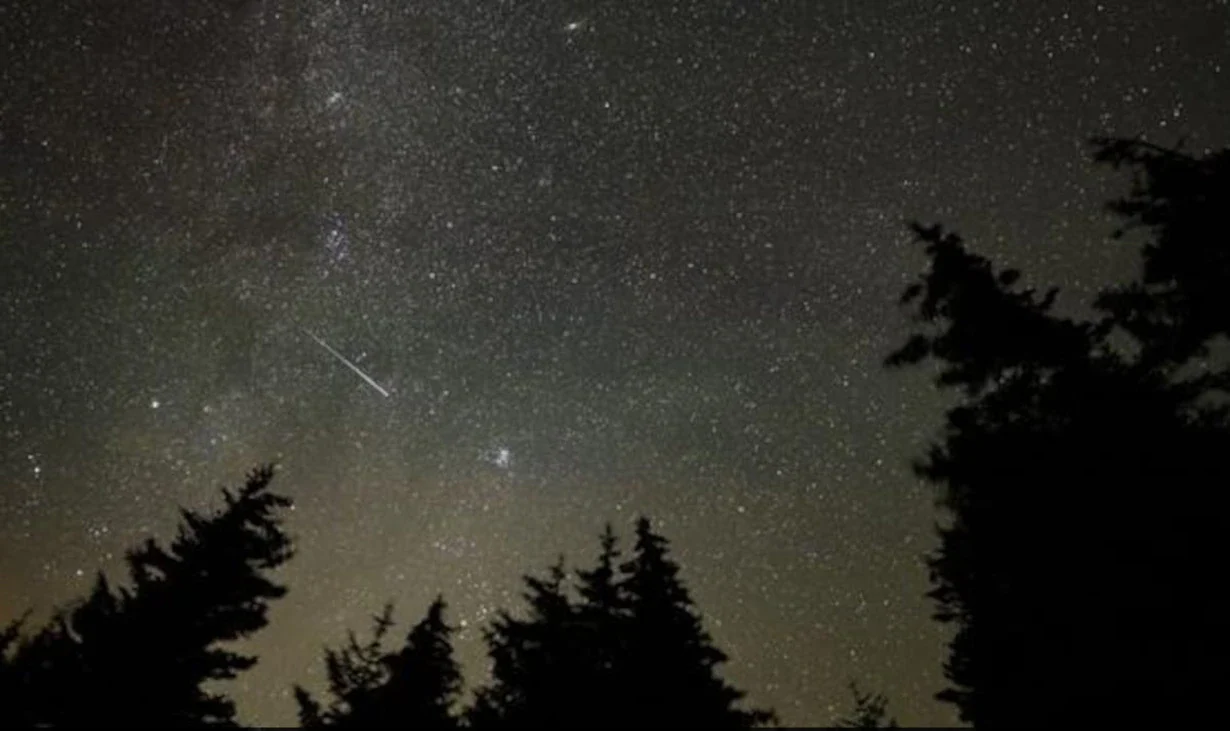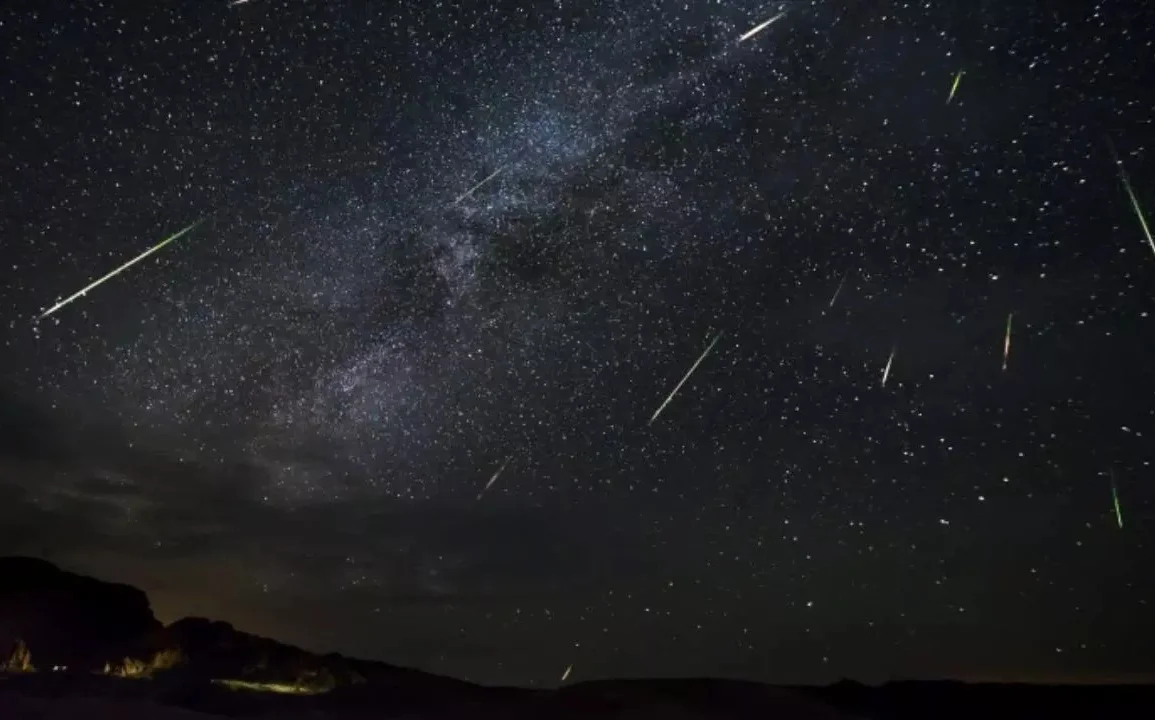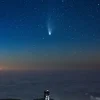Get ready for an exceptional celestial event later this month featuring two stunning meteor showers, the Delta Aquariids and Alpha Capricornids. Peaking simultaneously, these meteor showers will offer a rare and spectacular show.
Skywatchers, especially in the southern hemisphere and those in the northern hemisphere near the equator, can anticipate a breathtaking display of meteors on July 30th. The meteors will seem to originate from the constellations Aquarius and Capricorn, promising a magnificent visual treat.
Meteor showers occur when Earth passes through debris left by comets or asteroids. For the best viewing experience, experts recommend heading out after midnight, before the moon rises. This timing is crucial to avoid moonlight that can wash out the faint meteors. Additionally, this event might coincide with the early appearances of the Perseid meteor shower, one of the year’s most impressive, peaking in mid-August.

To enhance your viewing, find a dark location away from city lights and give your eyes time to adjust to the darkness. This preparation ensures the best possible experience of the night sky’s performance. The upcoming event is expected to be memorable, showcasing numerous meteors streaking across the sky.
Earlier this year, the Quadrantids meteor shower provided a fantastic show, thrilling skywatchers and space enthusiasts. This shower, known for its intensity, reached up to 110 shooting stars per hour at its peak. The Quadrantids are celebrated for their bright, intense streaks, offering a spectacular treat for anyone interested in astronomy.
The Quadrantids also featured bright fireball meteors, which are larger and more brilliant than average meteors. These fireballs result from larger particles of material, producing significant explosions of light and color. With magnitudes brighter than -3, fireballs offer a dazzling addition to any meteor shower, enhancing the overall experience for observers.

